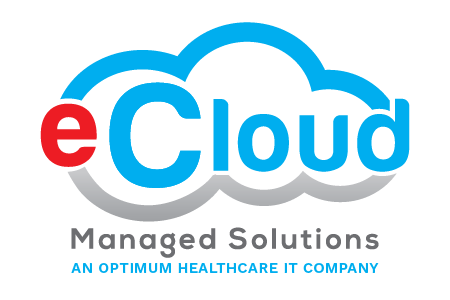Where do I get started and what cloud provider is best to SaaS-ify on?
The transition to Software as a Service (SaaS) for a company that isn’t currently operating in the SaaS model involves several key steps. Here’s a general progression on how we support companies moving to develop a SaaS solution:
- Assessment and Planning:
- Identify Goals: Clearly define why you want to move to a SaaS model. Whether it’s improving scalability, increasing accessibility, valuation, or enhancing user experience, understanding your goals is crucial.
- Market Research: Analyze your industry and competition to identify trends, customer expectations, and potential opportunities.
- Technology Infrastructure:
- Cloud Migration: Evaluate your existing infrastructure and determine if a move to the cloud is necessary. Many SaaS applications leverage cloud services for scalability, enhance feature/functionality and flexibility.
- Integration Strategy: Plan how your existing systems will integrate with the new SaaS applications. Integration is key to ensuring a seamless transition.
- Selecting the Right SaaS Solutions:
- Identify Needs: Determine which aspects of your technology stack can benefit most from SaaSification. Common SaaS solutions include customer relationship management (CRM), human resources (HR), collaboration tools, and more.
- Vendor Selection: Research and select reputable SaaS vendors that align with your business needs and goals. Consider factors like features, pricing, security, and scalability.
- Customization and Implementation:
- Customization: Tailor your SaaS solutions to meet your specific business and client requirements. Some SaaS platforms offer a degree of customization to align with your workflows and client requested business outcomes.
- Implementation Plan: Develop a phased implementation plan to minimize disruptions to your business operations. This may involve migrating one department or function at a time, while reducing technical debt.
- Training and Change Management:
- Training Programs: Provide comprehensive training programs for employees and clients to ensure they are comfortable using the new SaaS platform if major changes occurred. This may involve both initial training and ongoing support.
- Change Management: Communicate the changes effectively, addressing any concerns or resistance. Managing the human element is crucial for a smooth transition.
- Data Migration and Security:
- Data Migration: Safely transfer existing data to the new SaaS platform. Ensure data integrity and accuracy throughout the migration process.
- Security Measures: Implement robust security measures to protect sensitive data. This includes encryption, access controls, and regular security audits.
- Monitoring and Optimization:
- Performance Monitoring: Regularly monitor the performance of your SaaS applications and cloud provider to identify any issues promptly.
- Optimization: Continuously optimize your SaaS usage based on feedback, changing business needs, capacity planning and advancements in technology.
- Feedback and Iteration:
- Gather Feedback: Collect feedback from users to identify areas for improvement and address any challenges.
- Iterate and Improve: Use feedback to iterate on your SaaS strategy, making continuous improvements to better align with business goals.
Remember that the specific steps and considerations may vary depending on the nature of your business, application, industry, and the SaaS path you choose. It’s essential to approach the transition strategically and involve key stakeholders throughout the process.
By Eric Sanders





